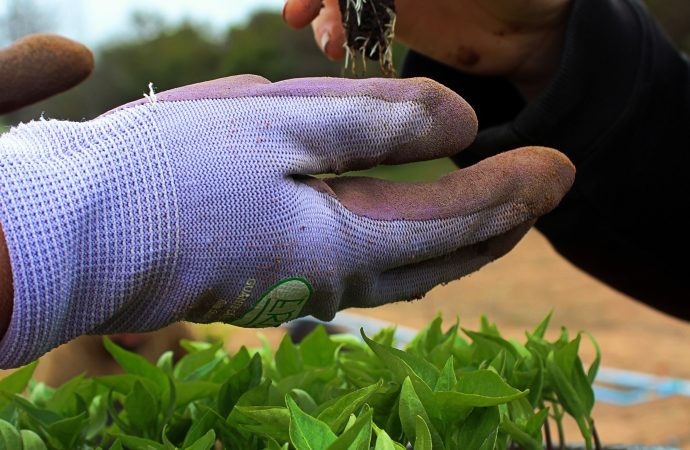Introduction: In an era marked by environmental concerns and a growing desire for self-sufficiency, more and more individuals are turning to the art of growing their own food. Beyond the simple act of planting seeds, home gardening has become a means of cultivating a sustainable lifestyle and fostering a deeper connection with nature. In this
Introduction:
In an era marked by environmental concerns and a growing desire for self-sufficiency, more and more individuals are turning to the art of growing their own food. Beyond the simple act of planting seeds, home gardening has become a means of cultivating a sustainable lifestyle and fostering a deeper connection with nature. In this article, we delve into the world of food gardening, exploring the benefits, techniques, and tips to help you create your very own food oasis.
Section 1: The Rise of Home Gardening
The opening section of the article aims to provide context by highlighting the increasing popularity of home gardening. It touches upon the environmental, health, and economic factors that have contributed to this rising trend. Drawing on statistics and expert opinions, it reveals the significant impact of growing one’s food on reducing carbon footprints, promoting healthy eating habits, and minimizing reliance on commercial food systems.
Section 2: Cultivating a Food Oasis
In this section, we delve into the concept of a “food oasis” – a garden that not only provides sustenance but also nurtures a diverse ecosystem. We explore the various elements involved in creating a thriving food oasis, including soil health, companion planting, crop rotation, and organic pest control. Expert insights, case studies, and practical tips are incorporated to guide readers through the process of transforming their backyard into a bountiful haven.
Section 3: Growing Your Own Groceries
Here, we shift our focus to specific crops that are well-suited for home gardening. From leafy greens and herbs to root vegetables and fruit-bearing plants, we explore the possibilities and benefits of growing different types of produce. The section includes recommendations for novice gardeners, emphasizing low-maintenance crops that can flourish even in limited spaces or challenging climates.
Section 4: Harvesting and Preserving the Bounty
Once the garden is brimming with homegrown goodness, it’s time to reap the rewards. This section delves into the art of harvesting, offering guidance on when and how to pick fruits and vegetables for maximum flavor and nutritional value. Additionally, it explores various methods of preserving the surplus harvest through canning, freezing, and drying, enabling readers to enjoy the fruits of their labor throughout the year.
Section 5: Sharing the Abundance
Home gardening not only benefits individuals but also has the potential to foster a sense of community and connection. In this final section, we explore different ways to share the abundance of a home garden, such as through community-supported agriculture (CSA) programs, farmers’ markets, or simply by giving away surplus produce to neighbors and local food banks. We showcase inspiring stories of individuals who have used their home gardens as catalysts for positive change within their communities.
Conclusion:
As the world grapples with food security challenges and environmental concerns, the power of growing one’s food cannot be understated. By cultivating a food oasis, individuals can play an active role in promoting sustainability, self-sufficiency, and community resilience. So, roll up your sleeves, dig your hands into the soil, and embark on a journey that not only nourishes your body but also rejuvenates your spirit.

















Leave a Comment
Your email address will not be published. Required fields are marked with *